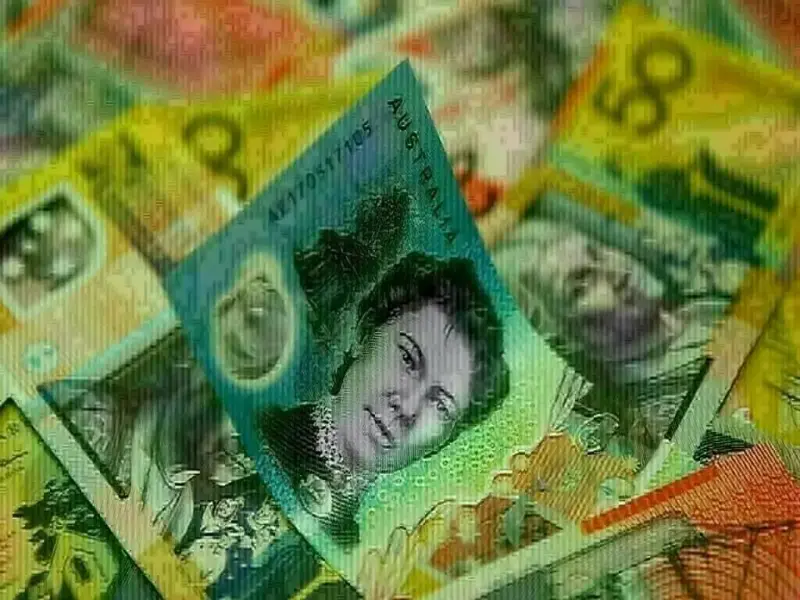SYDNEY: The Australian and New Zealand dollars inched higher on Thursday as gains in global stock markets supported risk assets generally, though disappointing domestic data proved a headwind for the Aussie.
Particularly notable was a miserly 0.1% rise in household spending for August, missing forecasts of 0.3% and the lowest reading in four months.
The details showed falls in recreation and alcohol and tobacco spending, suggesting gains in July may have been fuelled by British fans visiting for the Lions rugby tour which then reversed when they left.
The pullback could be telling for interest rates given the Reserve Bank of Australia had cited the strength of consumption as one reason it skipped a cut this week.
“Given that the RBA still believes that monetary policy is restrictive, a renewed slowdown in consumption growth may well convince policymakers that the economy needs another shot in the arm,” said Marcel Thieliant, head of Asia-Pacific economics at Capital Economics.
Much still depended on third-quarter consumer price data due later this month where a high reading would likely scupper any chance of an easing in November, he added.
Other figures showed Australia’s trade surplus shrank to a seven-year low of A$1.8 billion ($1.19 billion) in August as exports of non-monetary gold dived 47% after a run of strong months. Imports rose strongly across the board, implying a risk trade will drag on economic growth this quarter.
Markets imply around a 40% chance of a quarter-point rate cut to 3.35% in November and 60% for December.
The soft reading kept the Aussie restrained at $0.6615, having again failed to crack resistance around $0.6630 overnight. Support lies at $0.6580 and $0.6521.
The kiwi dollar added 0.2% to $0.5818, after bouncing 0.3% overnight as speculators took profits on short positions.
Resistance comes in at $0.5830 and $0.5870.
Investors are certain the Reserve Bank of New Zealand will cut its 3.0% rate next week and have steadily pushed up the probability of an outsized half-point easing to 45%.
“We expect the RBNZ to cut by 25bp with dovish messaging that leaves open the option of a 50bp cut in November and thereby prevents monetary conditions tightening on the day,” said analysts at ANZ in a note.
“There are good arguments for front-loading monetary easing, and we’d give a 50bp cut a 35% probability.”


